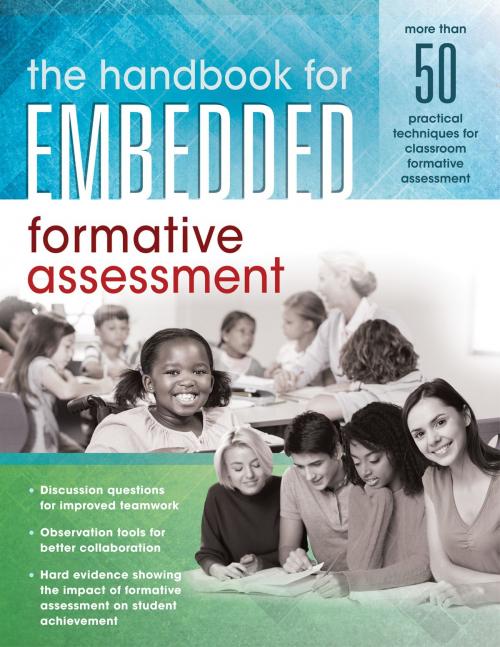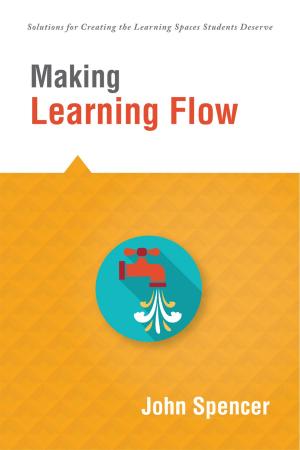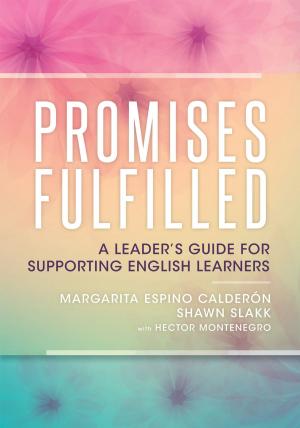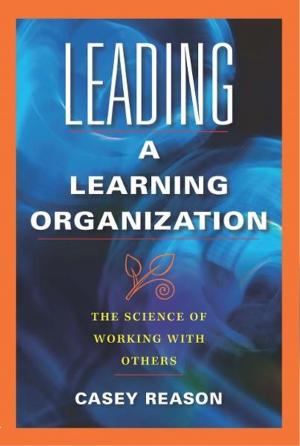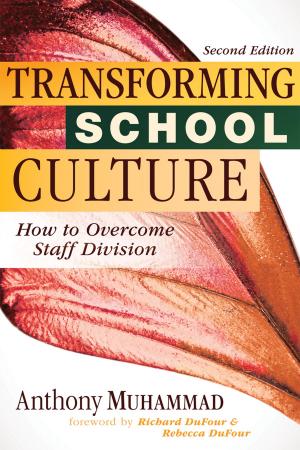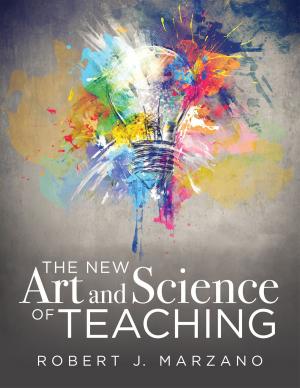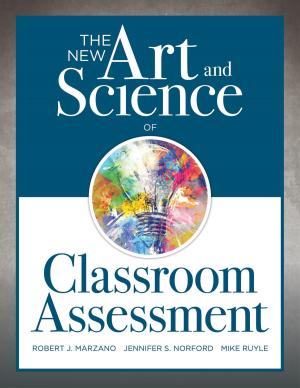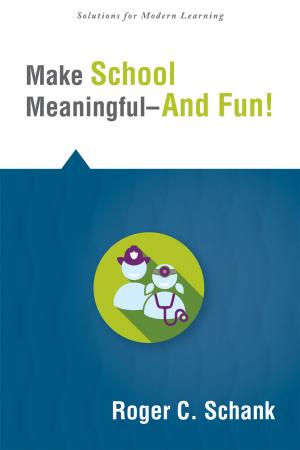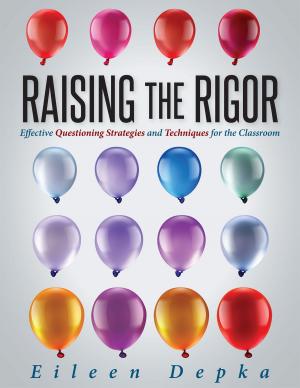The Handbook for Embedded Formative Assessment
(A Practical Guide to Formative Assessment in the Classroom)
Nonfiction, Reference & Language, Education & Teaching, Teaching, Teaching Methods| Author: | Solution Tree | ISBN: | 9781945349515 |
| Publisher: | Solution Tree Press | Publication: | November 17, 2017 |
| Imprint: | Solution Tree Press | Language: | English |
| Author: | Solution Tree |
| ISBN: | 9781945349515 |
| Publisher: | Solution Tree Press |
| Publication: | November 17, 2017 |
| Imprint: | Solution Tree Press |
| Language: | English |
Developed as a companion to Embedded Formative Assessment, 2nd edition, this handbook guides K-12 teachers through the process of developing effective formative assessments. Inside its pages, you'll find tried-and-tested classroom strategies, practical how-tos, and exercises designed to guide implementation. The book also includes discussion questions that can be answered as teams or used for individual reflection.
Learn how to implement the strategies of formative assessment in the classroom:
- Explore research that states classroom formative assessment is the most impactful (and cost-effective) approach to raising student academic achievement.
- Review the five key strategies of classroom formative assessment.
- Gain more than 50 practical techniques for classroom formative assessment.
- Clarify and share learning intentions and success criteria, elicit evidence of student achievement, and give feedback that moves learning forward.
- Understand that teacher quality remains the most important determinant of student engagement and learning.
Contents:
Chapter 1: Understanding Formative Assessment
Chapter 2: Clarifying, Sharing, and Understanding Learning Intentions and Success Criteria
Chapter 3: Eliciting Evidence of Learners' Achievement
Chapter 4: Providing Feedback That Moves Learning Forward
Chapter 5: Activating Students as Instructional Resources for One Another
Chapter 6: Activating Students as Owners of Their Own Learning
Appendix: Observation Tools
References and Resources
Developed as a companion to Embedded Formative Assessment, 2nd edition, this handbook guides K-12 teachers through the process of developing effective formative assessments. Inside its pages, you'll find tried-and-tested classroom strategies, practical how-tos, and exercises designed to guide implementation. The book also includes discussion questions that can be answered as teams or used for individual reflection.
Learn how to implement the strategies of formative assessment in the classroom:
- Explore research that states classroom formative assessment is the most impactful (and cost-effective) approach to raising student academic achievement.
- Review the five key strategies of classroom formative assessment.
- Gain more than 50 practical techniques for classroom formative assessment.
- Clarify and share learning intentions and success criteria, elicit evidence of student achievement, and give feedback that moves learning forward.
- Understand that teacher quality remains the most important determinant of student engagement and learning.
Contents:
Chapter 1: Understanding Formative Assessment
Chapter 2: Clarifying, Sharing, and Understanding Learning Intentions and Success Criteria
Chapter 3: Eliciting Evidence of Learners' Achievement
Chapter 4: Providing Feedback That Moves Learning Forward
Chapter 5: Activating Students as Instructional Resources for One Another
Chapter 6: Activating Students as Owners of Their Own Learning
Appendix: Observation Tools
References and Resources
